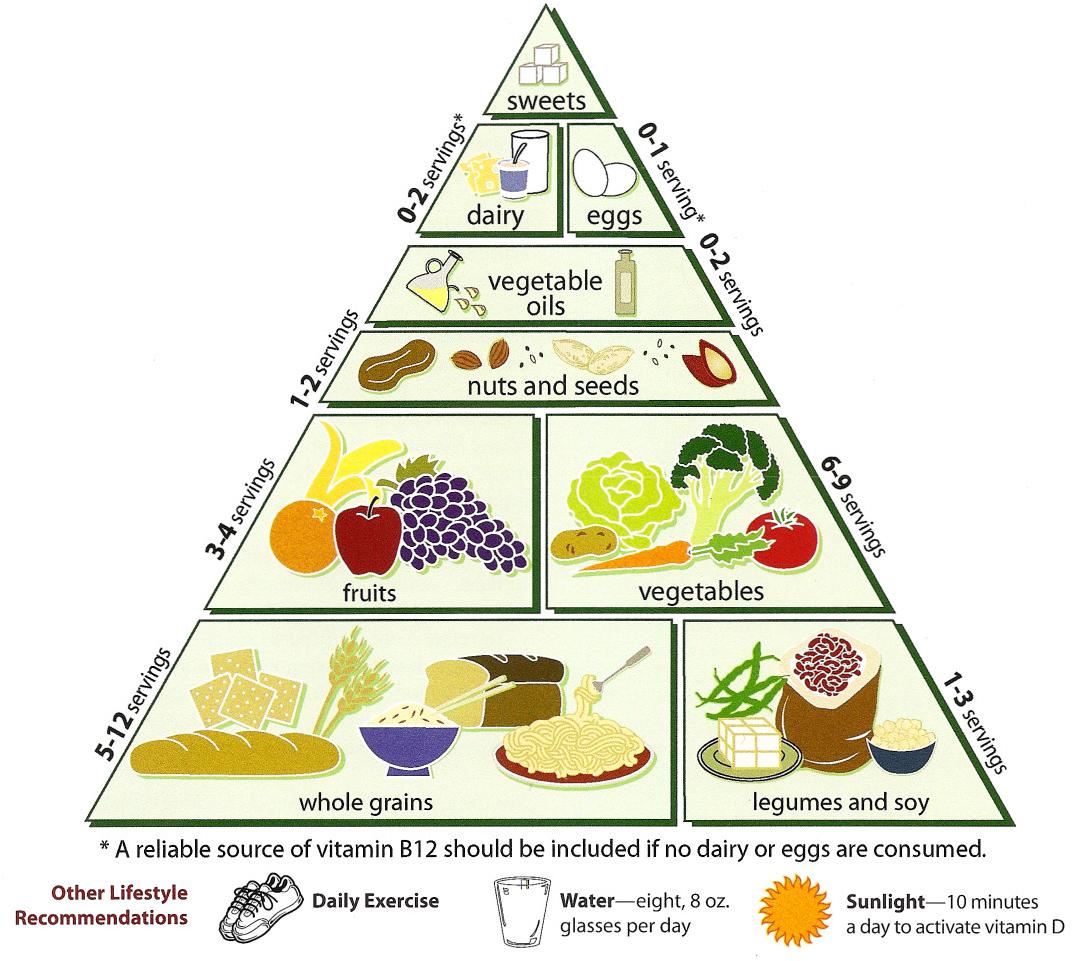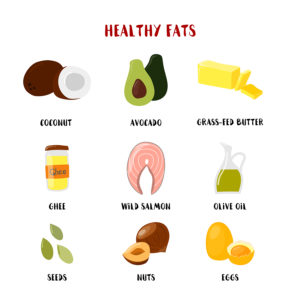Diet Pyramid: Understanding Its Essential 7 Principles And Impact On Cardiovascular Health.
Table of Contents
The diet pyramid visually represents a balanced diet, highlighting the recommended proportions of various food groups for optimal nutrition. Beyond just promoting overall health, adhering to the principles of the diet pyramid can have significant implications for cardiovascular health. In this article, we delve into the intricacies of the diet pyramid and explore its profound effects on cardiovascular well-being.

- Foundation: Fruits and Vegetables
At the base of the diet pyramid lie fruits and vegetables rich in vitamins, minerals, antioxidants, and fibre. Diets abundant in fruits and vegetables have been consistently linked to a reduced risk of cardiovascular diseases (CVD), including heart disease and stroke. The high fibre content of fruits and vegetables helps lower cholesterol levels, regulate blood pressure, and promote overall heart health.
Check out:
Vitamin E Oil &10 Amazing Benefits of Vitamin E Oil To The Skin
Bitter Kola And Pregnancy – Effects On The Woman And Her Baby
- Whole Grains

Whole grains, including foods like brown rice, whole wheat bread, oats, and quinoa, form the next tier of the diet pyramid. Consuming whole grains provides essential nutrients and dietary fibre, which contribute to improved cardiovascular health. Studies suggest that diets rich in whole grains may lower the risk of CVD by reducing inflammation, improving blood vessel function, and regulating blood sugar levels.
- Lean Proteins
Lean protein sources such as poultry, fish, legumes, and nuts occupy a significant portion of the diet pyramid. These protein sources are lower in saturated fat than red meat and processed meats, making them heart-healthy. Including lean proteins in the diet supports muscle health, aids in weight management, and may help lower the risk of developing CVD.
- Dairy or Dairy Alternatives
Dairy products or dairy alternatives, such as fortified plant-based milk, yoghurt, and cheese, are recommended in moderation within the diet pyramid. These sources provide calcium, vitamin D, and protein, which are essential for bone health and well-being. Opting for low-fat or non-fat dairy options can help reduce saturated fat intake and promote cardiovascular health.
- Healthy Fats

Healthy fats, including those found in olive oil, avocados, nuts, and seeds, occupy the tip of the diet pyramid. Consuming unsaturated fats instead of saturated and trans fats can help lower LDL (bad) cholesterol levels and reduce the risk of heart disease. Incorporating these healthy fats into the diet in moderation supports cardiovascular health and may also help with weight management.
Diet Pyramid Principles:
Dietary pyramids, or food pyramids, represent a balanced diet. They typically illustrate the types and proportions of foods that should be consumed for a healthy diet. While there are several variations of dietary pyramids, they all generally adhere to the following principles:
- Balance: A balanced diet is key, which means consuming various foods from different food groups in appropriate proportions. This ensures that your body receives all the necessary nutrients for optimal health.
- Moderation: Moderation is crucial to prevent overconsumption of certain foods, especially those high in unhealthy fats, sugars, or salt. Portion control is emphasized to maintain a healthy weight and prevent chronic diseases.
- Variety: Including a wide variety of foods ensures that you get a diverse array of nutrients. Different foods provide different vitamins, minerals, and other essential nutrients, so consuming various foods helps meet your nutritional needs.
- Proportion: The size of each section in the pyramid represents the proportion of each food group that should ideally be consumed. Foods that should be consumed in larger quantities, such as fruits, vegetables, and whole grains, are typically placed at the base of the pyramid, while foods that should be consumed sparingly, such as sweets and fats, are placed at the top.
- Nutrient Density: Emphasis is placed on consuming nutrient-dense foods, which provide a high amount of nutrients relative to their calorie content. Nutrient-dense foods include fruits, vegetables, whole grains, lean proteins, and healthy fats.
See also:
Exercise And Fitness: 10 Extensive Tips, Elevate Your Fitness Journey
Immune System Booster: 6 Essential Strategies for a Stronger Defense Against Illness
Star Apple: 13 Amazing Health Benefits of Star Apple Fruit
- Physical Activity:

Many dietary pyramids include a section for physical activity to emphasize the importance of exercise in maintaining overall health and managing weight. Regular physical activity is essential for overall well-being and complements a healthy diet.
- Customization: Dietary pyramids may be tailored to specific populations or dietary guidelines based on cultural preferences, nutritional needs, and health goals. Customizing the pyramid ensures that it is relevant and practical for the target audience.
Conclusion:
The diet pyramid is a fundamental guide for achieving a balanced and nutritious diet with far-reaching implications for cardiovascular health. Individuals can significantly reduce their risk of developing cardiovascular diseases by prioritizing fruits, vegetables, whole grains, lean proteins, dairy or dairy alternatives, and healthy fats.
Embracing the diet pyramid’s principles promotes heart health, well-being, and longevity. Make informed dietary choices today to safeguard your cardiovascular health tomorrow.
These principles serve as guidelines for creating a balanced and healthy diet, promoting overall well-being and reducing the risk of chronic diseases. However, individual dietary needs may vary based on age, gender, activity level, and health status, so it’s important to consult a healthcare provider or registered dietitian for personalized nutrition advice.
